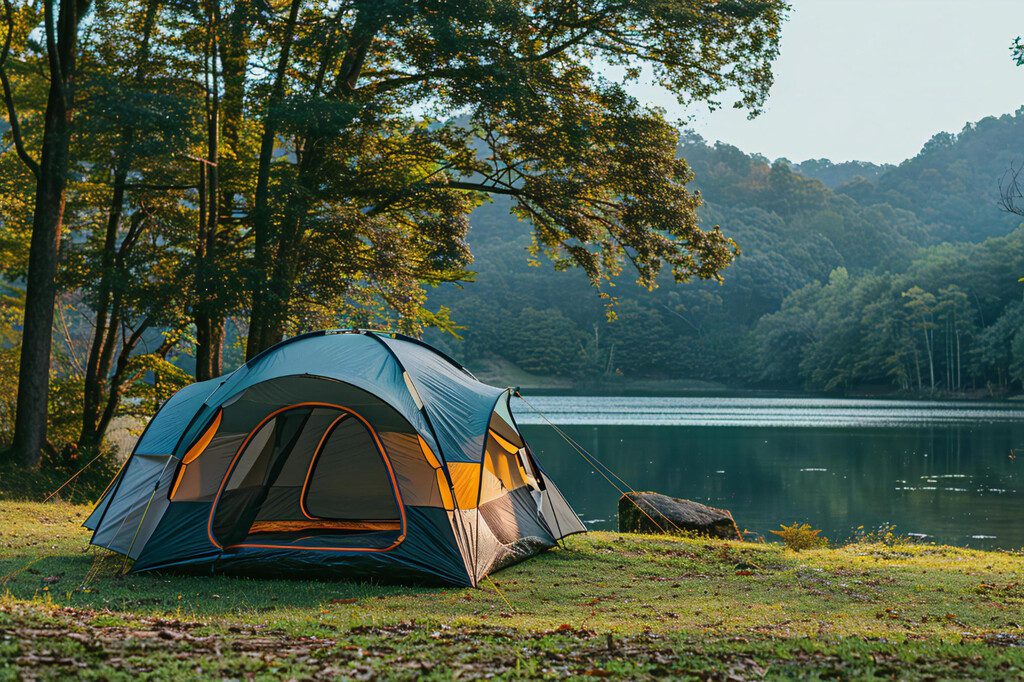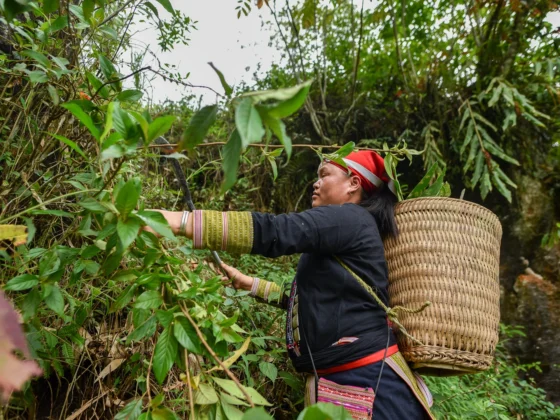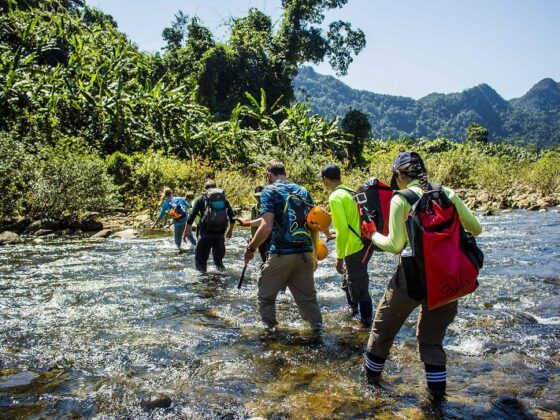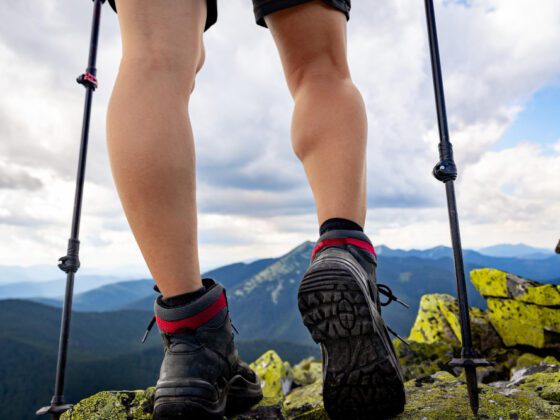Table of Contents Show
✍️ AI is summarizing:
In this article, we will explore various camping tents, including backpacking tents, family tents, and specialized tents for different weather conditions. From tent materials and designs to essential features and considerations, this guide will equip you with the knowledge needed to select the perfect camping tent for your outdoor adventures.
Related post:
- Camping in Vietnam: Beaches, Mountains, National Parks, Forests, and More
- Top Vietnam Picnic Spot: for a Memorable Family Outing
- Vietnam is a Great Choice for Travelers of All Levels
A reliable camping tent is a vital piece of equipment that can make or break your outdoor adventure. Whether you’re a seasoned camper or new to the world of camping, understanding the different types of tents and their features is crucial in making an informed decision.
Beyond just the camping tent, the location is equally crucial. With ExoTrails, you can easily discover thousands of stunning camping spots throughout Vietnam. The app provides detailed information about each location, from maps and real photos to reviews from previous visitors.
Backpacking camping tents

Camping tents, specifically backpacking tents, are designed for lightweight and compactness, making them ideal for hikers and backpackers who prioritize mobility. These tents are typically easy to set up and pack down, and they come in single-person or multi-person options.
Look for backpacking tents made from lightweight materials like nylon or polyester, with durable waterproof coatings to keep you dry during unexpected rain showers. Consider the tent’s livability, such as headroom, floor area, and vestibule space for gear storage. Additionally, evaluate the tent’s weight, packability, and resistance to wind and other weather conditions to ensure it suits your specific backpacking needs.
Family camping tents

Family camping trips require camping tents that are spacious and comfortable, accommodating multiple people and providing ample room for gear storage. These options come in various sizes, ranging from four-person to large multi-room options. Look for options with sturdy frames, ample headroom, and divided spaces for privacy.
Consider the camping tent’s ventilation system to prevent condensation buildup, as well as features like built-in pockets and gear lofts for the organization. Camping tents should be made from durable materials with reliable waterproofing capabilities to withstand the elements. The ease of setup and takedown is also important, especially when dealing with multiple campers.
Four-season camping tents

Four-season tents, also known as winter or mountaineering tents, are camping tents designed to withstand harsh weather conditions like heavy snowfall and strong winds. These tents are constructed with robust materials and feature reinforced poles for added stability. Look for tents with steep sidewalls to prevent snow accumulation and strong rainfly attachments to provide extra protection.
Four-season tents often have a dual-wall design with a breathable inner tent and an outer rainfly for insulation. They should have proper ventilation options to minimize condensation buildup. Keep in mind that four-season tents can be heavier and bulkier than other types, so consider your specific needs and expected weather conditions before making a purchase.
Dome vs. cabin: Choosing the right camping tent

Dome tents are popular for their simple and efficient designs. They feature a rounded shape, which maximizes interior space and provides excellent wind resistance. Dome tents are easy to set up and offer good stability. Cabin tents, on the other hand, have a more vertical wall design, providing increased headroom and a more spacious feel.
Cabin tents are ideal for family camping trips or when comfort and livability are a priority. They often feature multiple rooms, dividers, and large windows for ventilation and natural light. Consider the trade-off between livability and wind resistance when choosing between dome and cabin tents.
Conclusion
Selecting the right camping tents is essential for a comfortable and enjoyable outdoor experience. By understanding the different types of tents, their features, and your specific needs, you can make an informed decision. Whether you’re a backpacker, a family camper, or an adventurer braving extreme weather conditions, there is a tent designed to meet your requirements. Follow our official Facebook page now to receive more interesting information.













Your article helped me a lot, is there any more related content? Thanks!
Your point of view caught my eye and was very interesting. Thanks. I have a question for you.
Thanks for sharing. I read many of your blog posts, cool, your blog is very good.